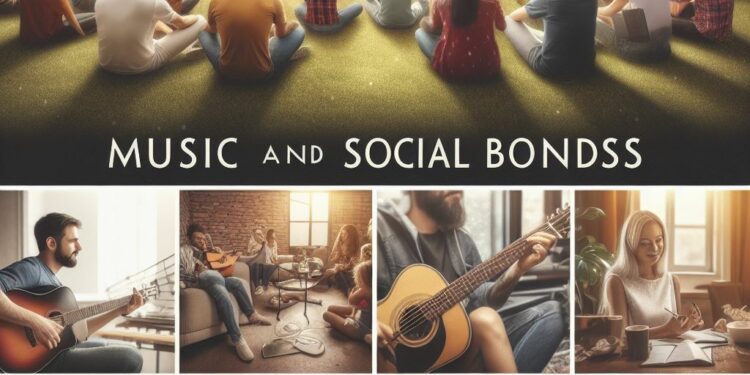Introduction
Music is a powerful social tool that influences psychological well-being, fosters creativity, cognitive development, and facilitates emotional expression and social interactions. This literature review explores the role of music in creating and maintaining social bonds, highlighting findings from recent research.
Music and Synchronized Social Interaction
- Synchronized Movement in Music and Dance
- Lee et al. (2020) discuss how synchronized movement in music and dance acts as a potent mechanism for social bonding, indicating a group’s fitness and the strength of social bonds (Source).
- Stupacher et al. (2020) emphasize that social bonds through music are enhanced by temporal and affective synchronization, especially when the music is enjoyed, with familiarity of music also playing a significant role ( Source ).
Music in the Digital Age and During Pandemics
- Shift Towards Decentralized Communities
- Crooke et al. (2021) explore how COVID-19 has shifted musicians’ social bonds towards decentralized communities, increasing engagement with wider networks through technology and introducing ‘crystal capital’ as a concept to understand online music engagement (Source ).
- Maintaining Bonds Through Intercultural Music Engagement
- Fraser et al. (2023) highlight the use of digital platforms in maintaining social bonds through intercultural music engagement during COVID-19, underscoring music’s role as a proxy for social interaction (Source).
Music’s Influence on Adolescents
- Balancing Benefits and Risks
- Chen (2023) analyzes how music supports adolescents’ emotional expression and social bonding while also cautioning against the misuse of music and exposure to inappropriate content, advocating for the selection of appropriate music styles and active participation in music activities (Source).
Music Preferences and Social Attraction
- Conveying Value Similarity
- Boer et al. (2011) demonstrate that shared music preferences create social bonds between people by conveying value similarity, suggesting music contributes to social attraction by serving as cues for similar or dissimilar value orientations ( Source).
Conclusion
The literature underscores music’s multifaceted role in social bonding, from enhancing group cohesion through synchronized activities to maintaining connections in a digitalized world. It emphasizes music’s inherent capacity to transcend cultural and physical boundaries, facilitating emotional resonance and communal experiences. As such, music serves as a unique and powerful medium for fostering and sustaining social bonds across various contexts.




























